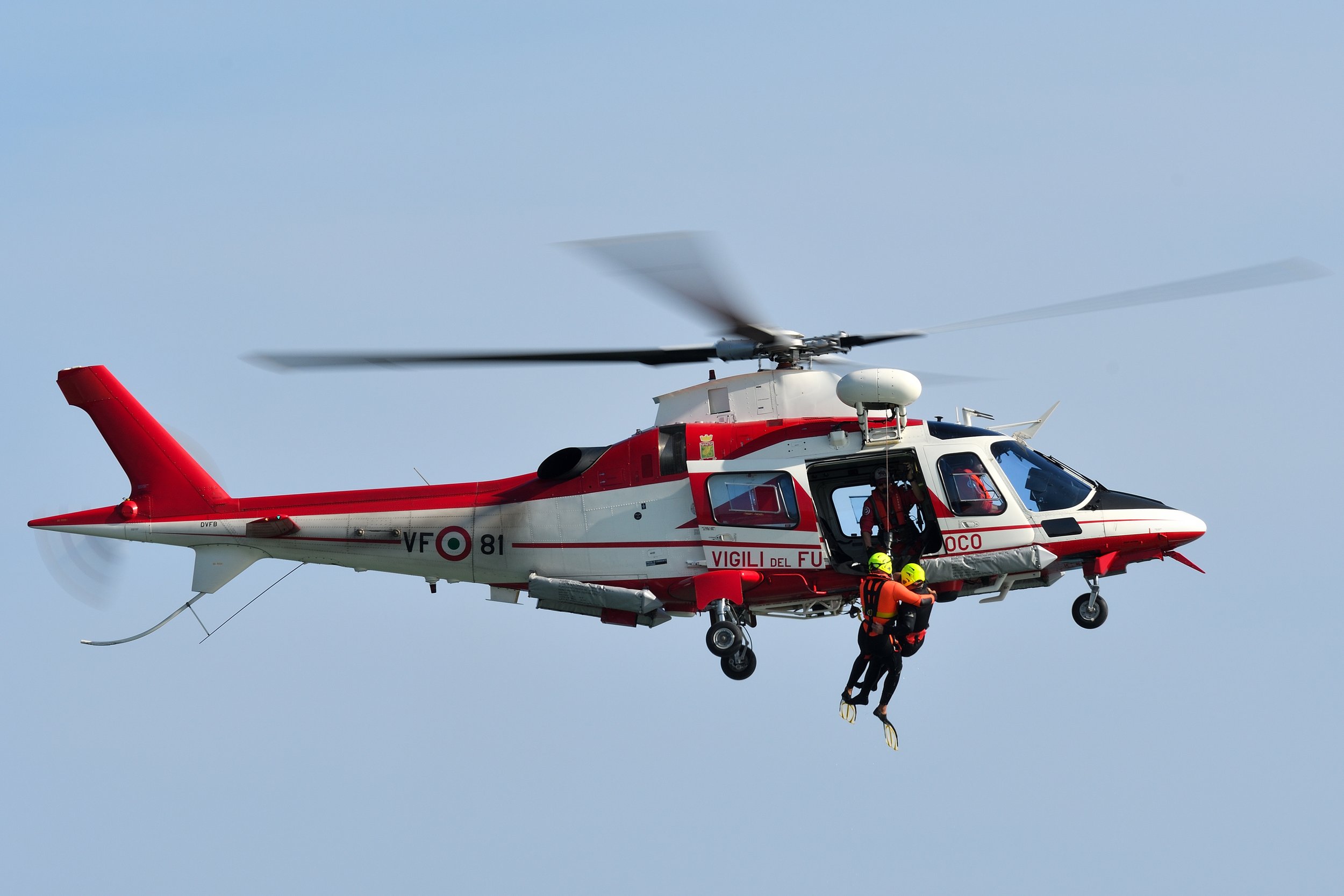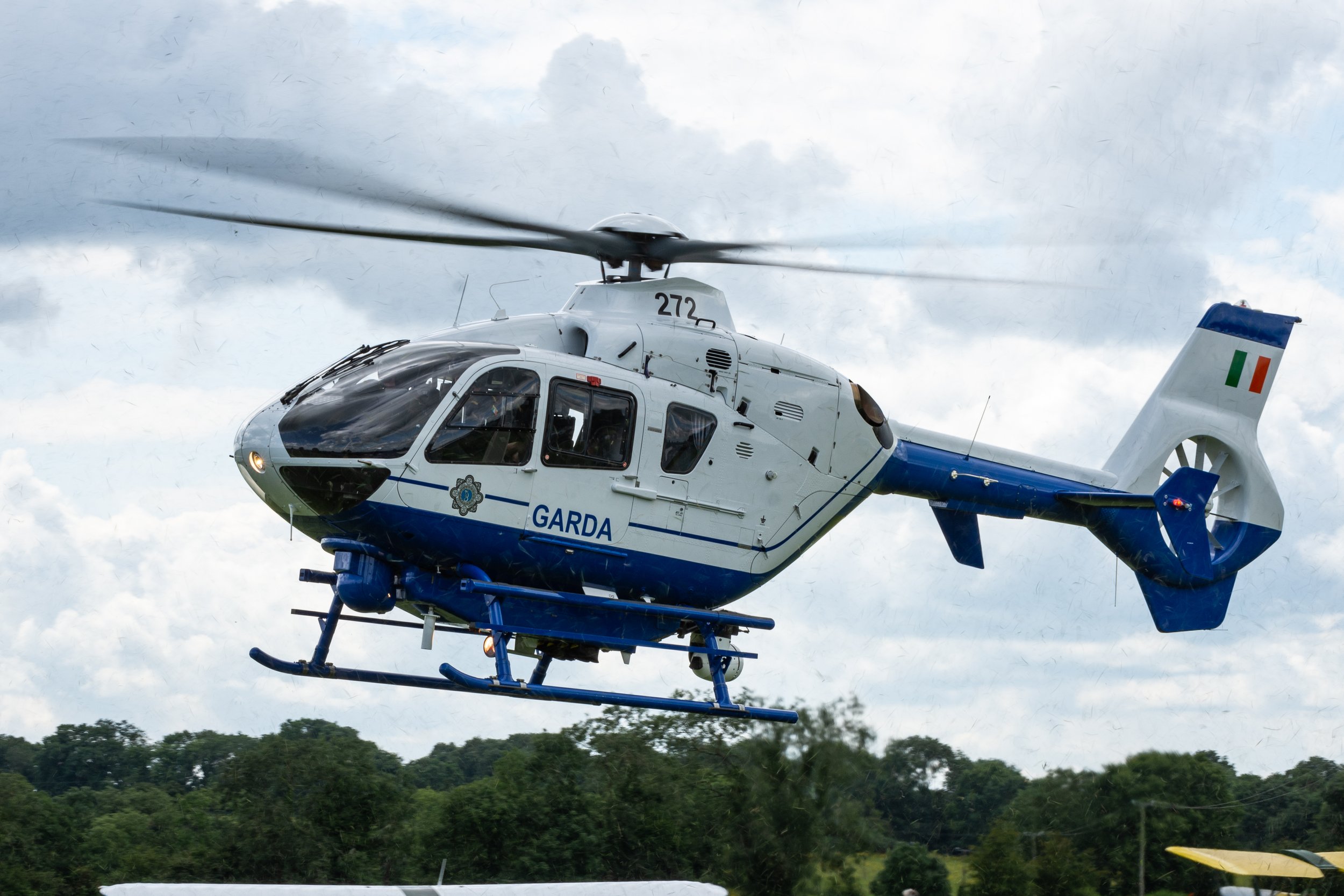RAF Chinook Display Team
Country
UK
Aircraft
Chinook HC.MK 6
Base
RAF Odiham
Boeing Chinook HC.MK 6
The Boeing CH-47 Chinook is an American twin-engined, tandem-rotor, heavy-lift helicopter developed by American rotorcraft company Vertol and manufactured by Boeing Vertol (later known as Boeing Rotorcraft Systems). The CH-47 is among the heaviest lifting Western helicopters. Its name, Chinook, is from the Native American Chinook people of Washington state.
The Chinook was originally designed by Vertol, which had begun work in 1957 on a new tandem-rotor helicopter, designated as the Vertol Model 107 or V-107. Around the same time, the United States Department of the Army announced its intention to replace the piston engine-powered Sikorsky CH-37 Mojave with a new, gas turbine-powered helicopter. In June 1958, the U.S. Army ordered a small number of V-107s from Vertol under the YHC-1A designation; following testing, it came to be considered by some Army officials to be too heavy for the assault missions and too light for transport purposes. While the YHC-1A would be improved and adopted by the U.S. Marine Corps as the CH-46 Sea Knight, the Army sought a heavier transport helicopter and ordered an enlarged derivative of the V-107 with the Vertol designation Model 114. Initially designated as the YCH-1B, on 21 September 1961, the preproduction rotorcraft performed its maiden flight. In 1962, the HC-1B was redesignated CH-47A under the 1962 United States Tri-Service aircraft designation system.
The Chinook possesses several means of loading various cargoes, including multiple doors across the fuselage, a wide loading ramp located at the rear of the fuselage and a total of three external ventral cargo hooks to carry underslung loads. Capable of a top speed of 1310 km/h, upon its introduction to service in 1962, the helicopter was considerably faster than contemporary 1960s utility helicopters and attack helicopters, and is still one of the fastest helicopters in the US inventory. Improved and more powerful versions of the Chinook have also been developed since its introduction; one of the most substantial variants to be produced was the CH-47D, which first entered service in 1982; improvements from the CH-47C standard included upgraded engines, composite rotor blades, a redesigned cockpit to reduce workload, improved and redundant electrical systems and avionics, and the adoption of an advanced flight control system. It remains one of the few aircraft to be developed during the early 1960s – along with the fixed-wing Lockheed C-130 Hercules cargo aircraft – that has remained in both production and frontline service for over 50 years.
The military version of the helicopter has been exported to nations across the world; the U.S. Army and the Royal Air Force have been its two largest users. The civilian version of the Chinook is the Boeing Vertol 234. It has been used by civil operators not only for passenger and cargo transport, but also for aerial firefighting and to support logging, construction, and oil extraction industries.
In late 1956, the United States Department of the Army announced its intention to replace the Sikorsky CH-37 Mojave, which was powered by piston engines, with a new, gas turbine-powered helicopter. Turbine engines were also a key design feature of the smaller UH-1 "Huey" utility helicopter. Following a design competition, in September 1958, a joint Army-Air Force source selection board recommended that the Army procure the Vertol-built medium transport helicopter. However, funding for full-scale development was not then available, and the Army vacillated on its design requirements. Some officials in Army Aviation thought that the new helicopter should be operated as a light tactical transport aimed at taking over the missions of the old piston-engined Piasecki H-21 and Sikorsky H-34 helicopters and be consequently capable of carrying about 15 troops (one squad). Another faction in Army Aviation thought that the new helicopter should be much larger, enabling it to airlift large artillery pieces and possess enough internal space to carry the new MGM-31 "Pershing" missile system.
In 1957, Vertol commenced work upon a new tandem-rotor helicopter, designated as the Vertol Model 107 or V-107. In June 1958, the U.S. Army awarded a contract to Vertol for the acquisition of a small number of the rotorcraft, giving it the YHC-1A designation. As ordered, the YHC-1A possessed the capacity to carry a maximum of 20 troops. Three underwent testing by the Army for deriving engineering and operational data. However, the YHC-1A was considered by many figures within the Army users to be too heavy for the assault role, while too light for the more general transport role. Accordingly, a decision was made to procure a heavier transport helicopter, and at the same time, upgrade the UH-1 "Huey" to serve as the needed tactical troop transport. The YHC-1A would be improved and adopted by the Marines as the CH-46 Sea Knight in 1962. As a result, the Army issued a new order to Vertol for an enlarged derivative of the V-107, known by internal company designation as the Model 114, which it gave the designation of HC-1B. On 21 September 1961, the preproduction Boeing Vertol YCH-1B made its initial hovering flight. In 1962, the HC-1B was redesignated the CH-47A under the 1962 United States Tri-Service aircraft designation system; it was also named "Chinook" after the Chinook people of the Pacific Northwest.
The CH-47 is powered by two Lycoming T55 turboshaft engines, mounted on each side of the helicopter's rear pylon and connected to the rotors by driveshafts. Initial models were fitted with engines rated at 2,200 hp each. The counter-rotating rotors eliminate the need for an antitorque vertical rotor, allowing all power to be used for lift and thrust. The ability to adjust lift in either rotor makes it less sensitive to changes in the centre of gravity, important for cargo lifting and dropping. While hovering over a specific location, a twin-rotor helicopter has increased stability over a single rotor when weight is added or removed, for example, when troops drop from or begin climbing up ropes to the aircraft, or when another cargo is dropped. If one engine fails, the other can drive both rotors. The "sizing" of the Chinook was directly related to the growth of the Huey and the Army's tacticians' insistence that initial air assaults be built around the squad. The Army pushed for both the Huey and the Chinook, and this focus was responsible for the acceleration of its air mobility effort.
| Back to Top |
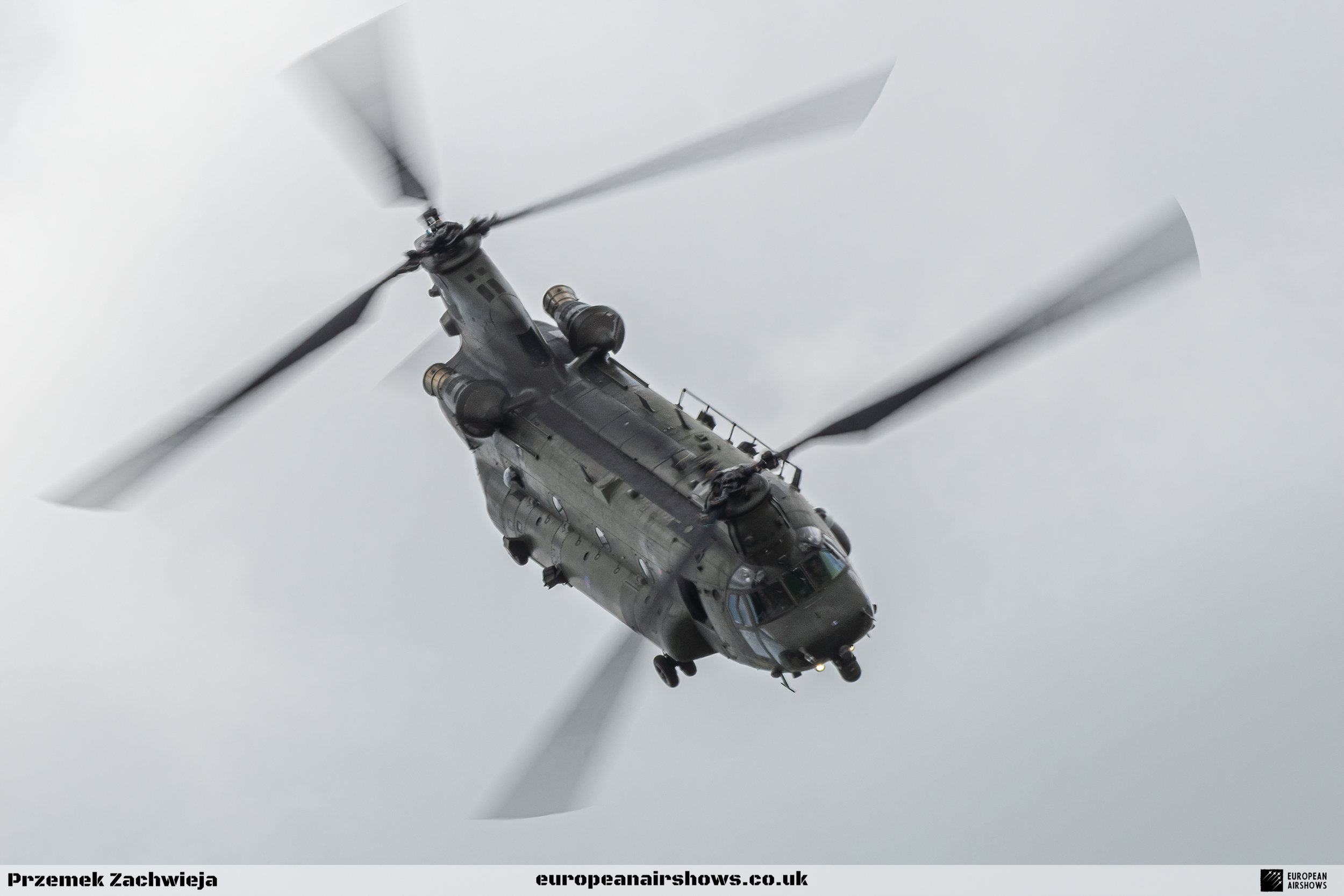
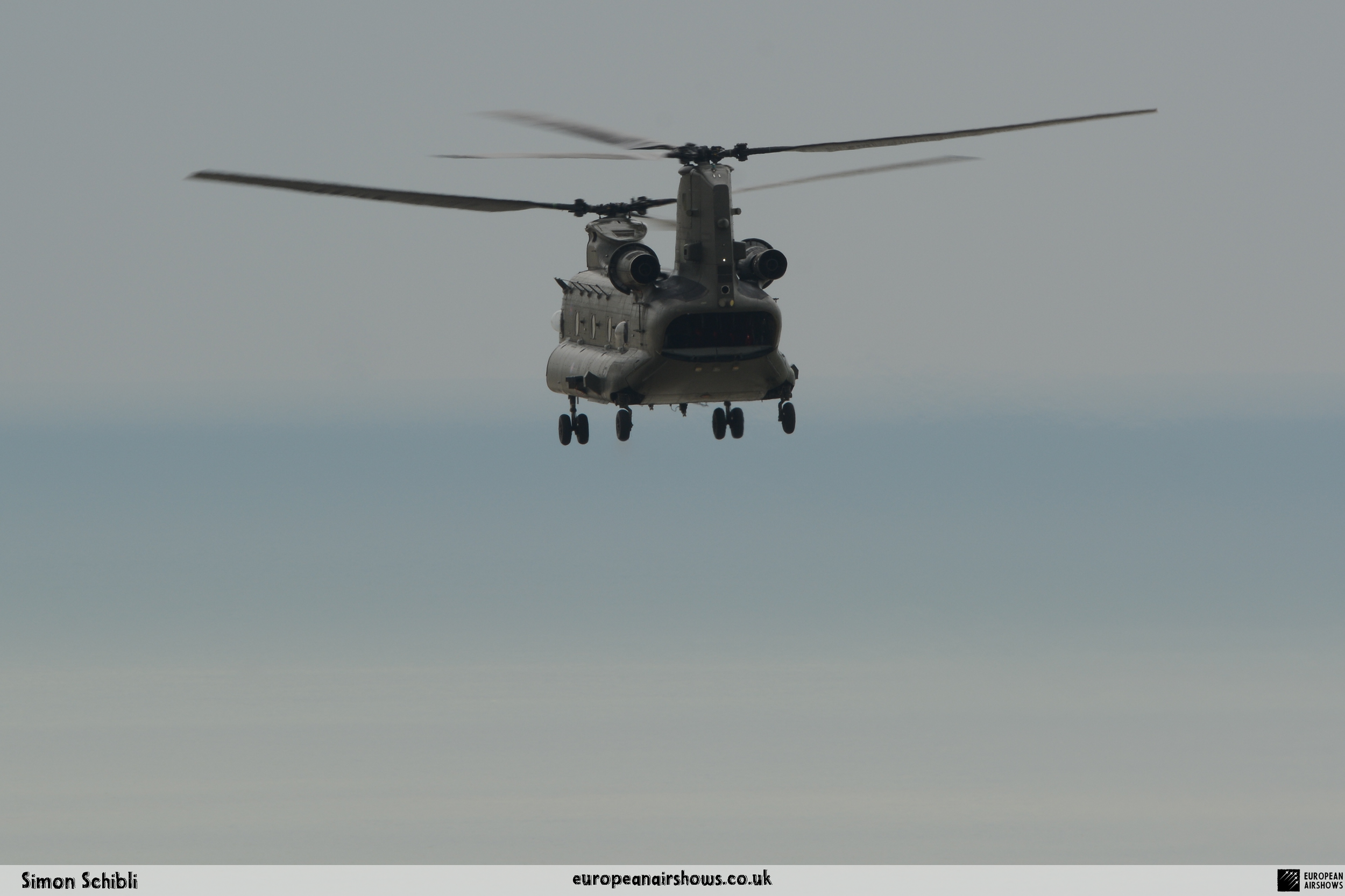
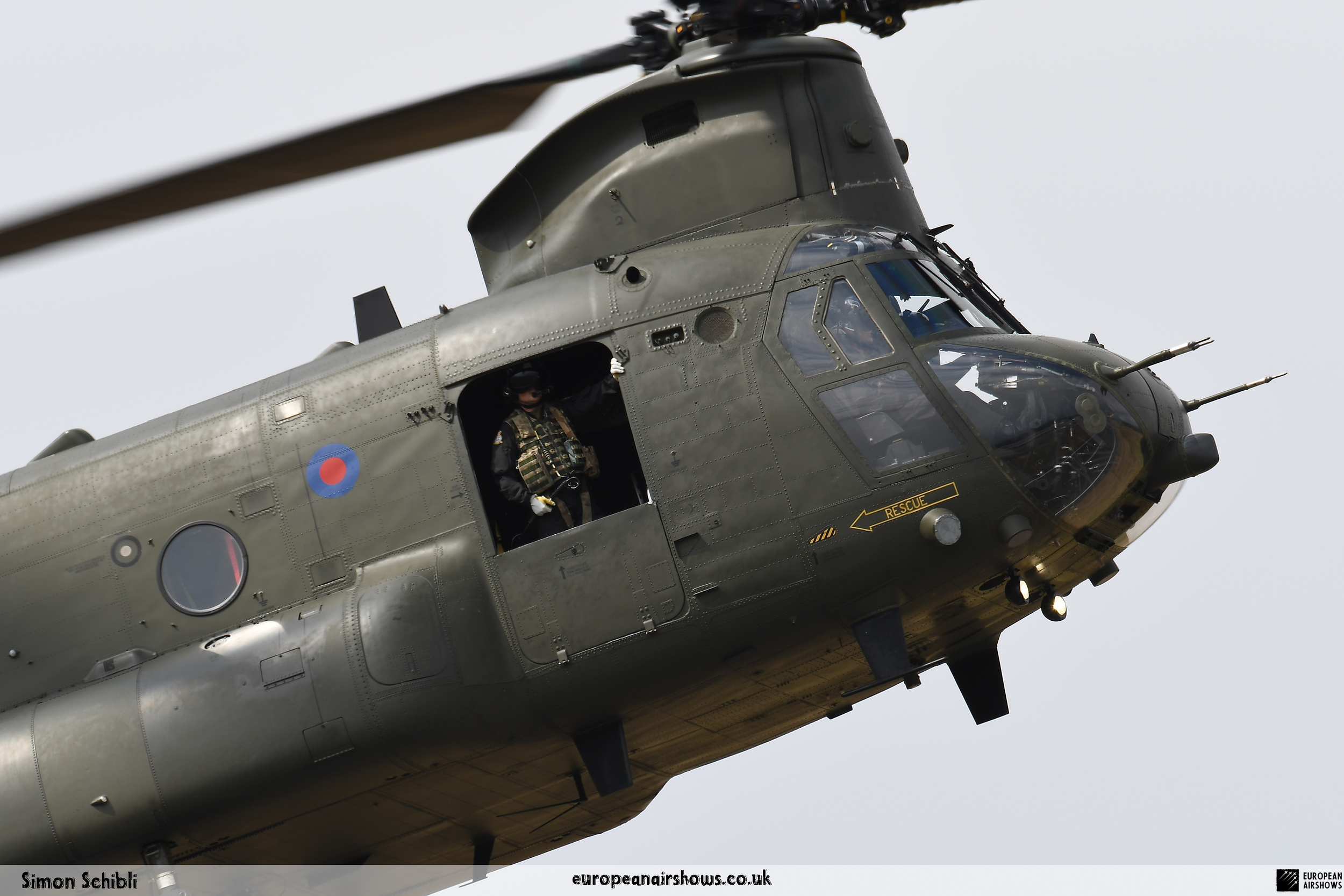
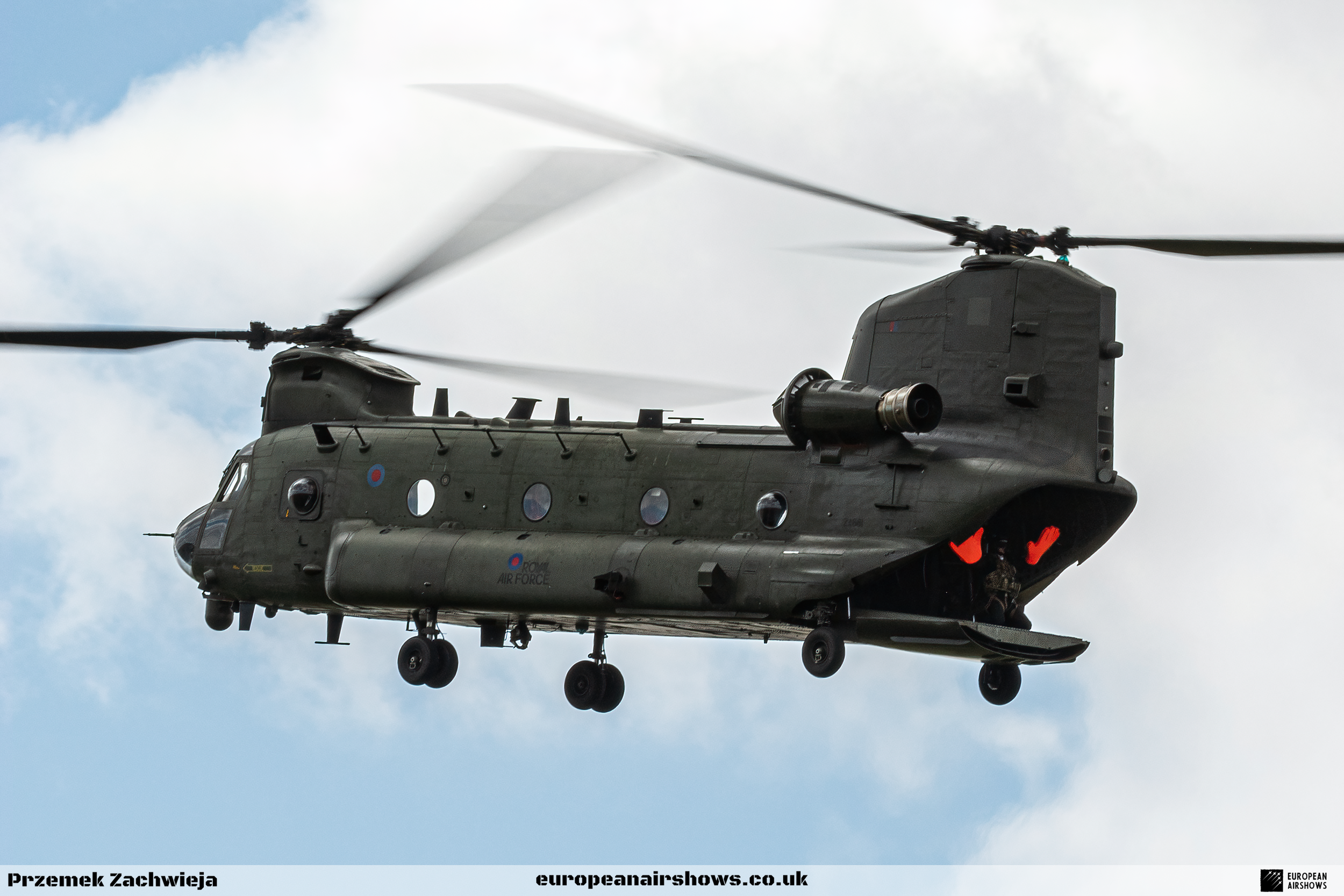
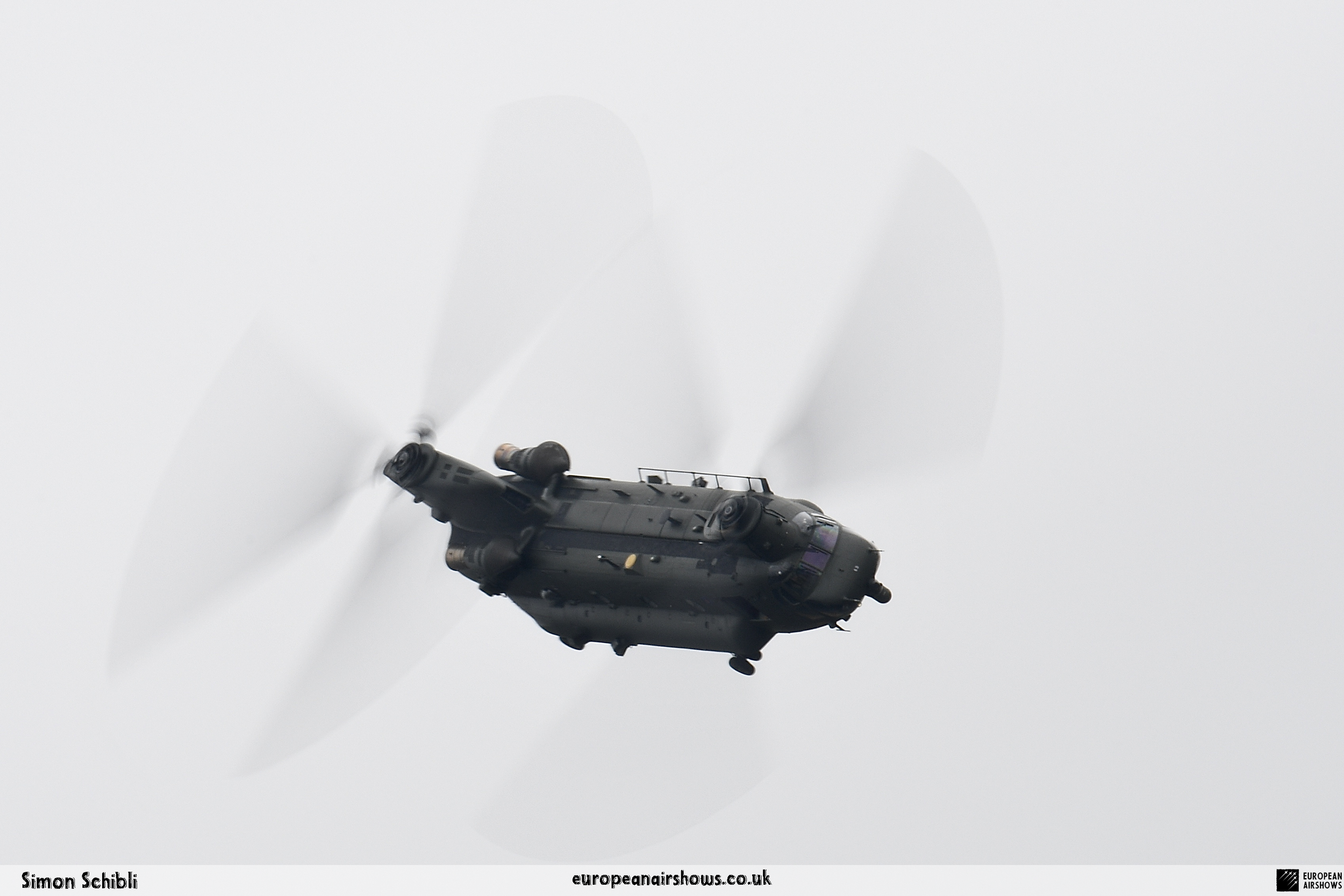
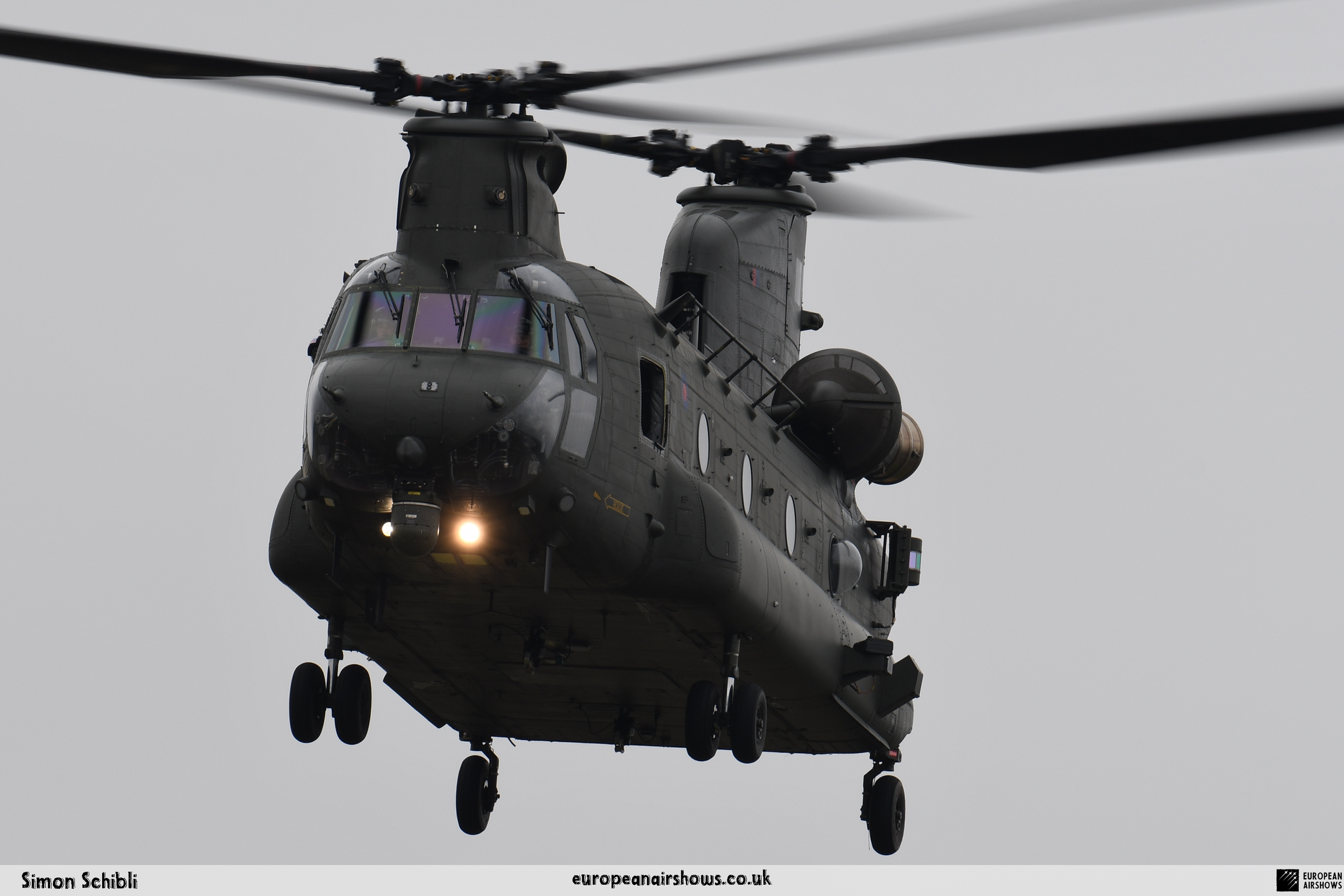
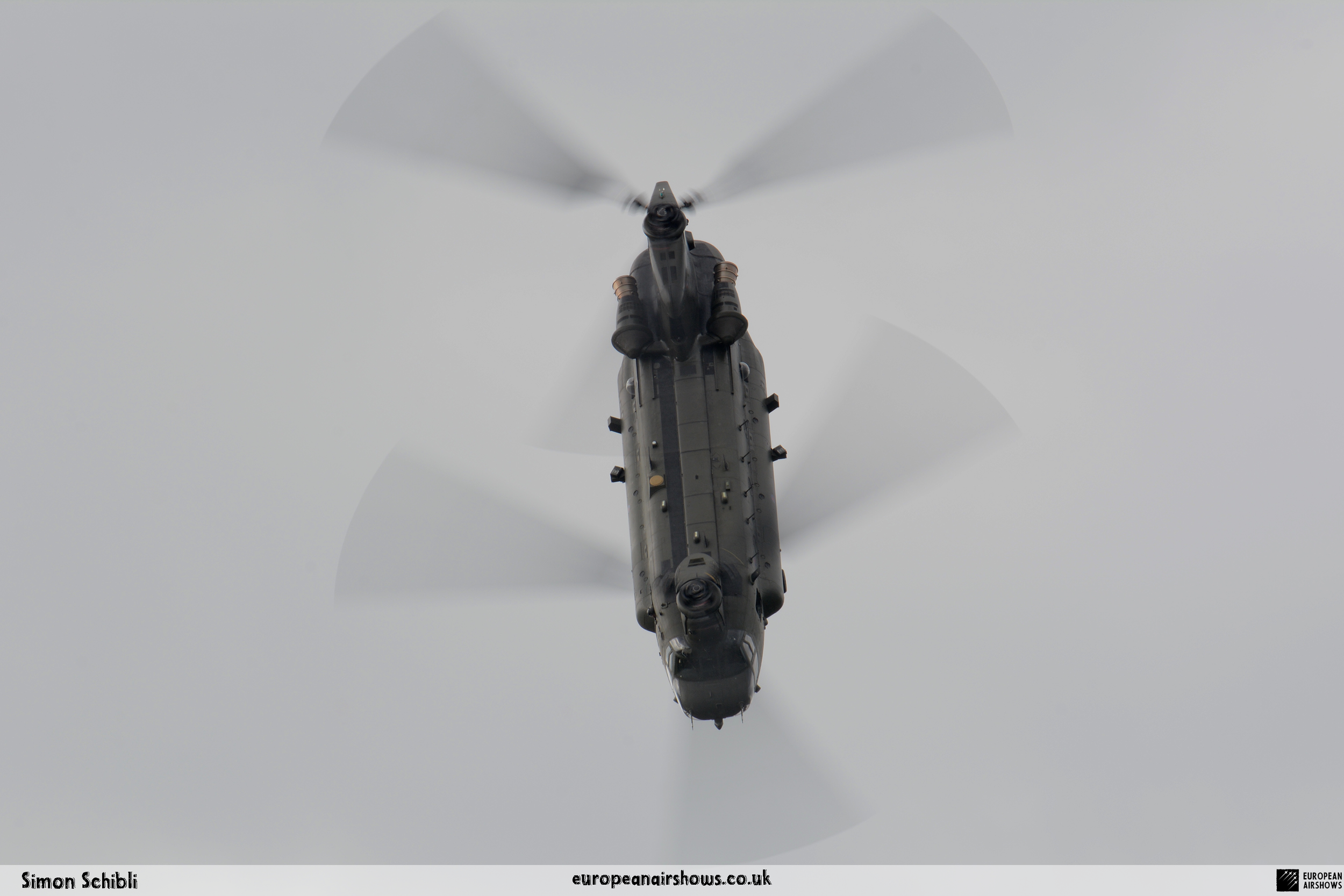
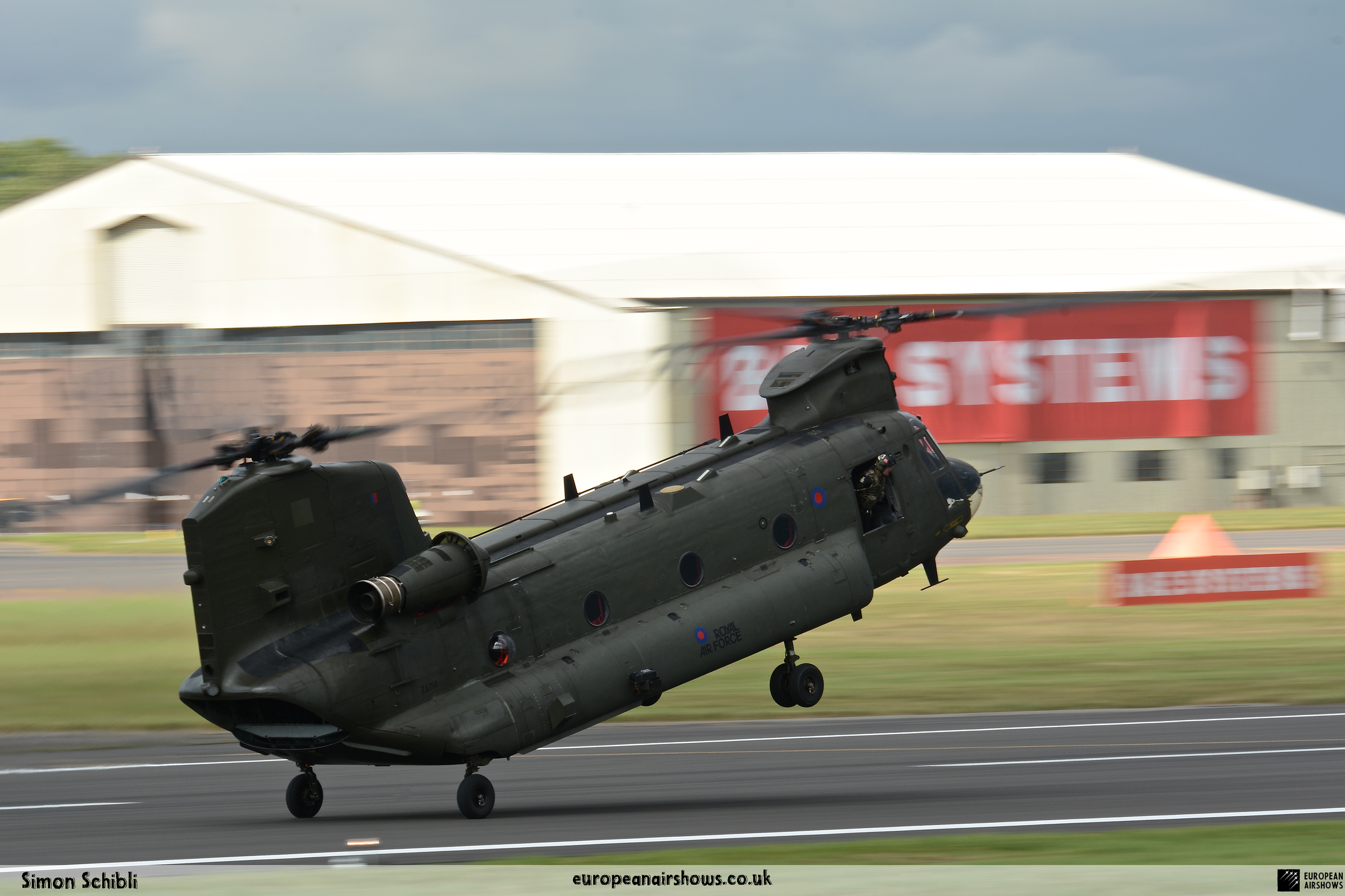

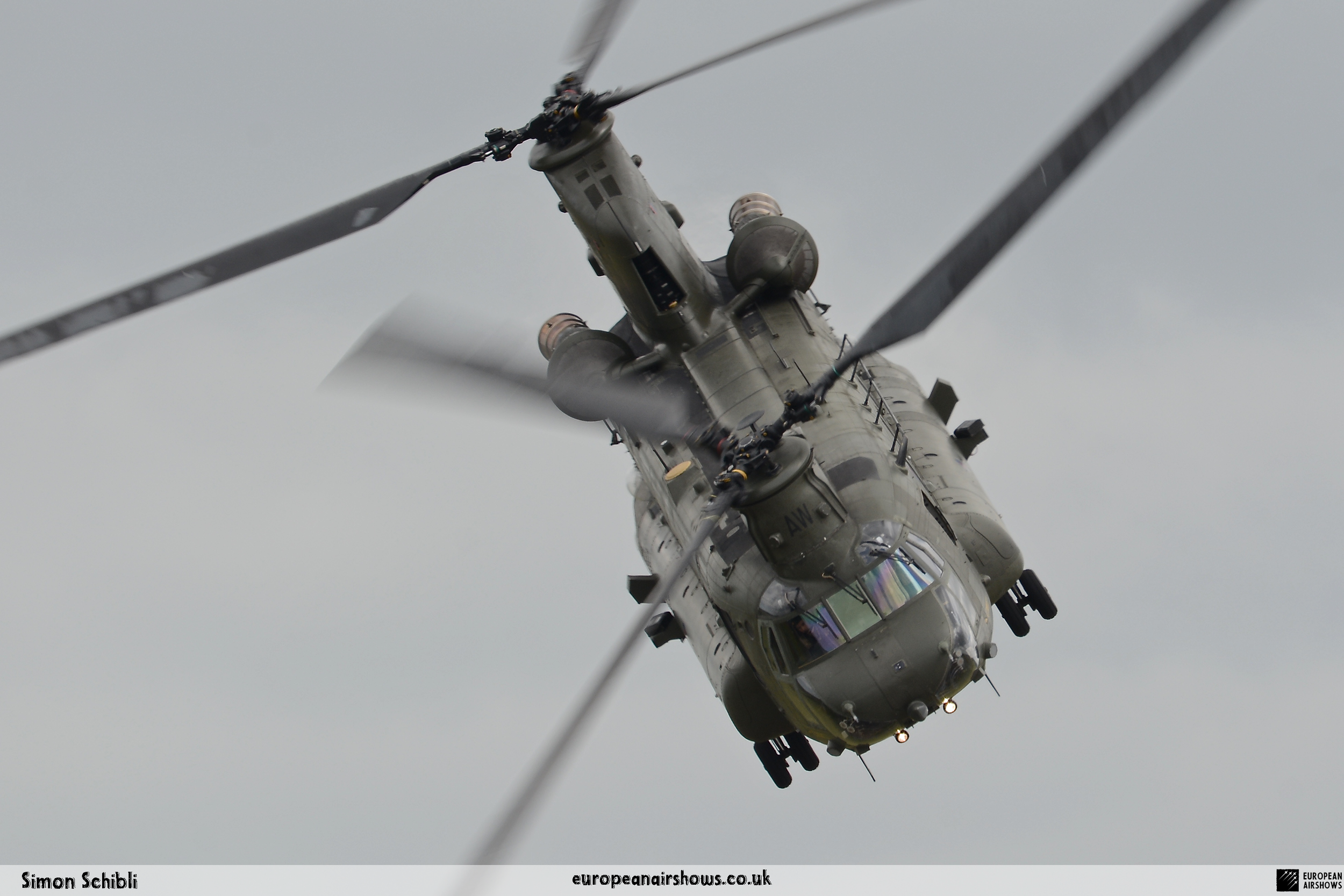
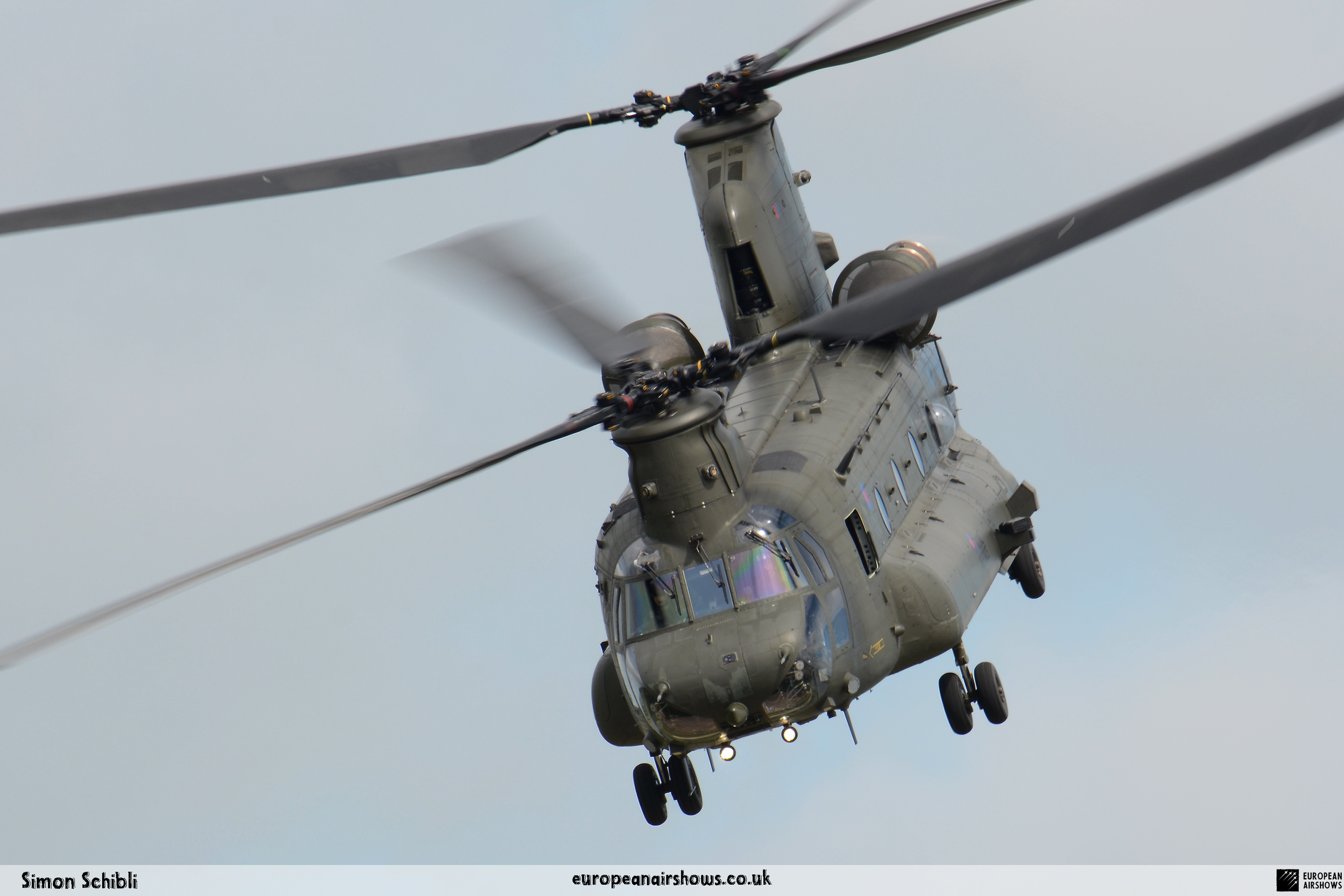
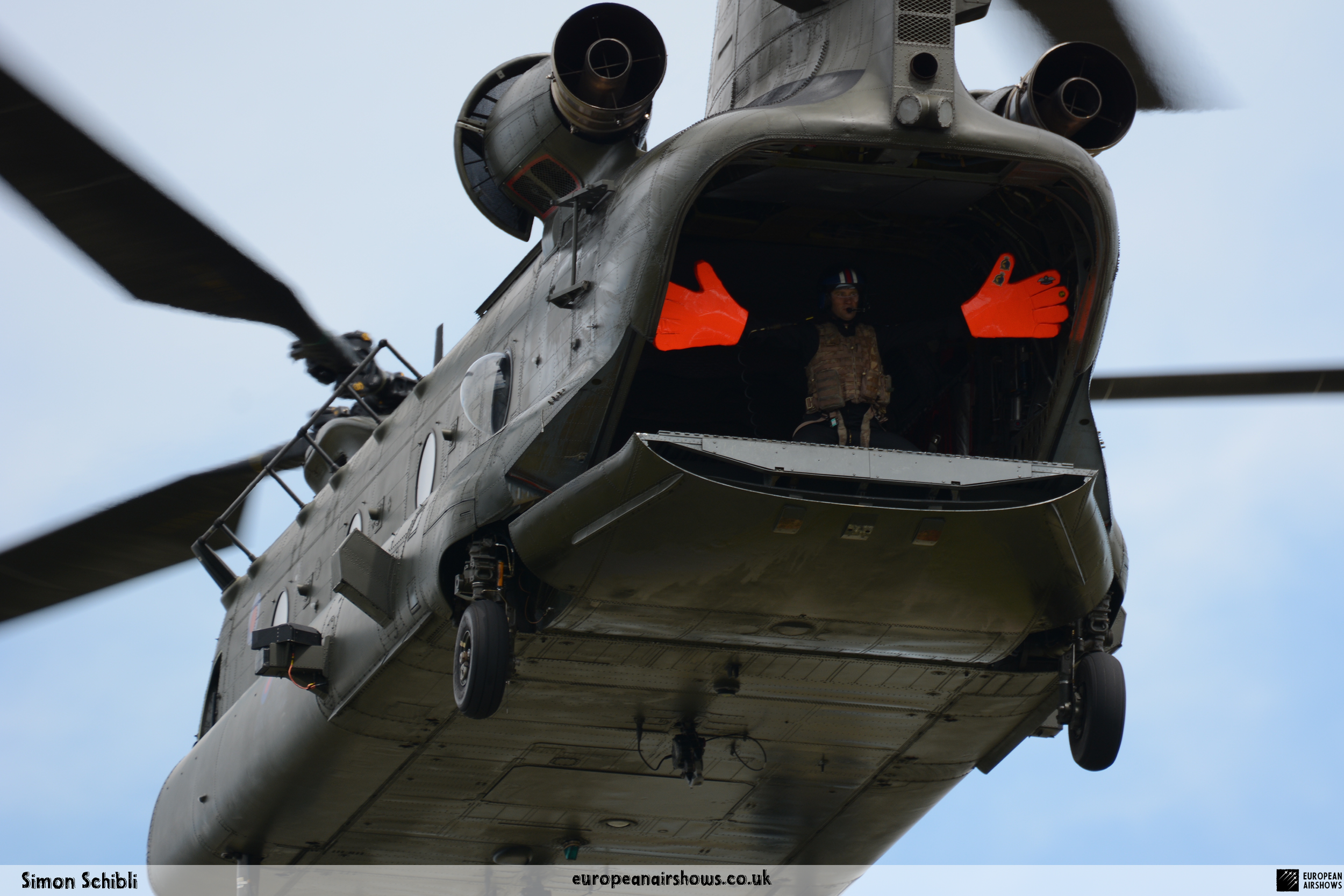
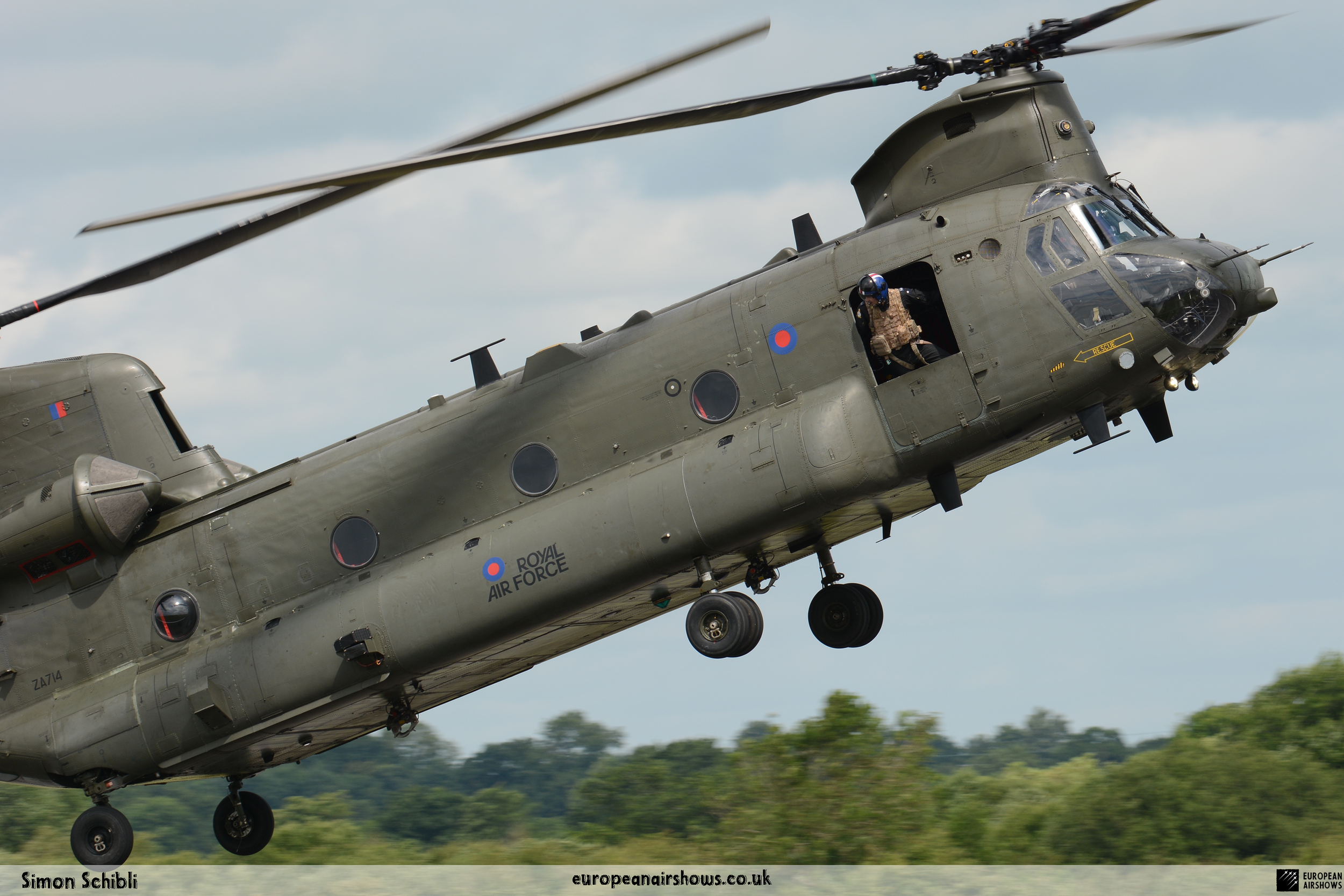
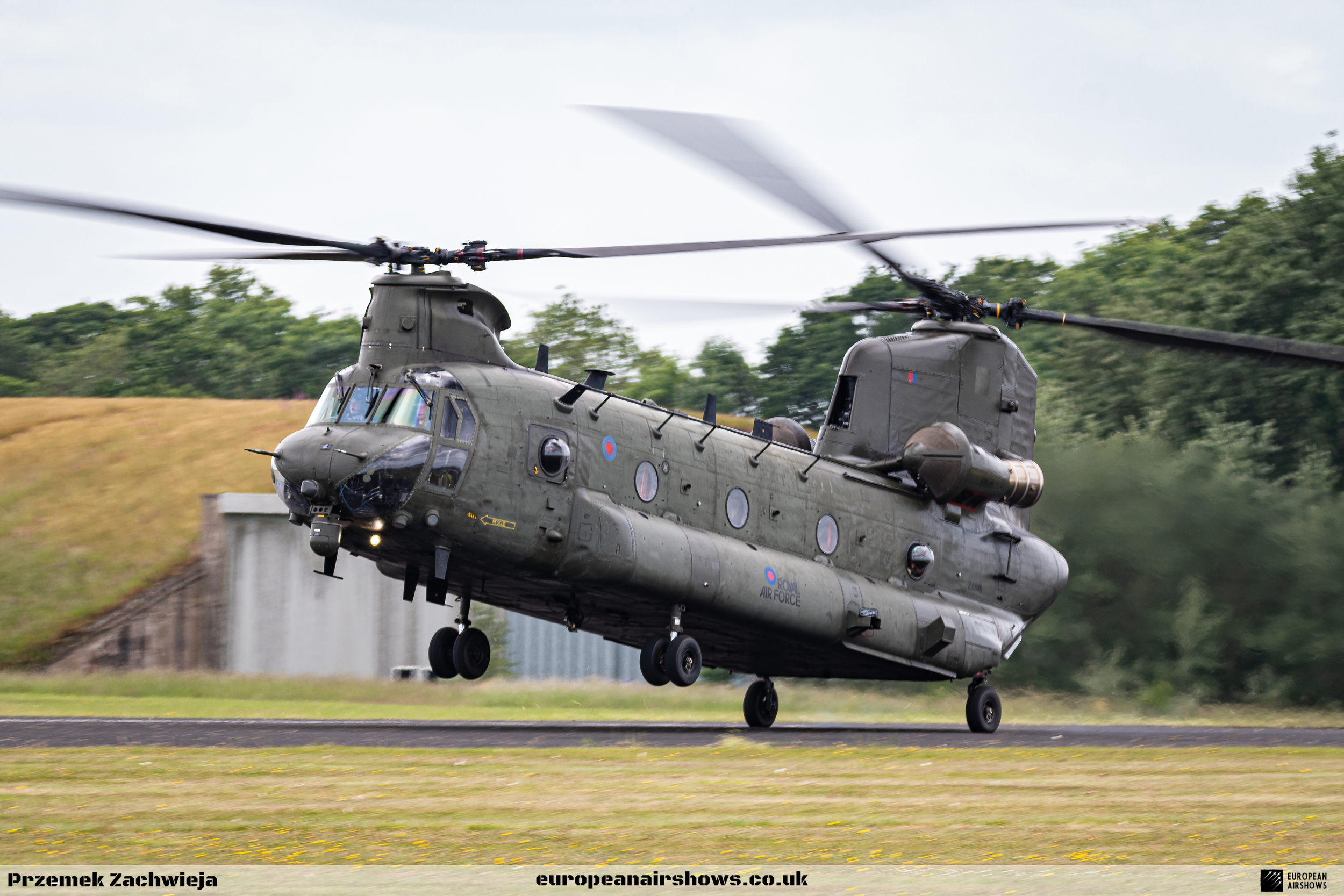
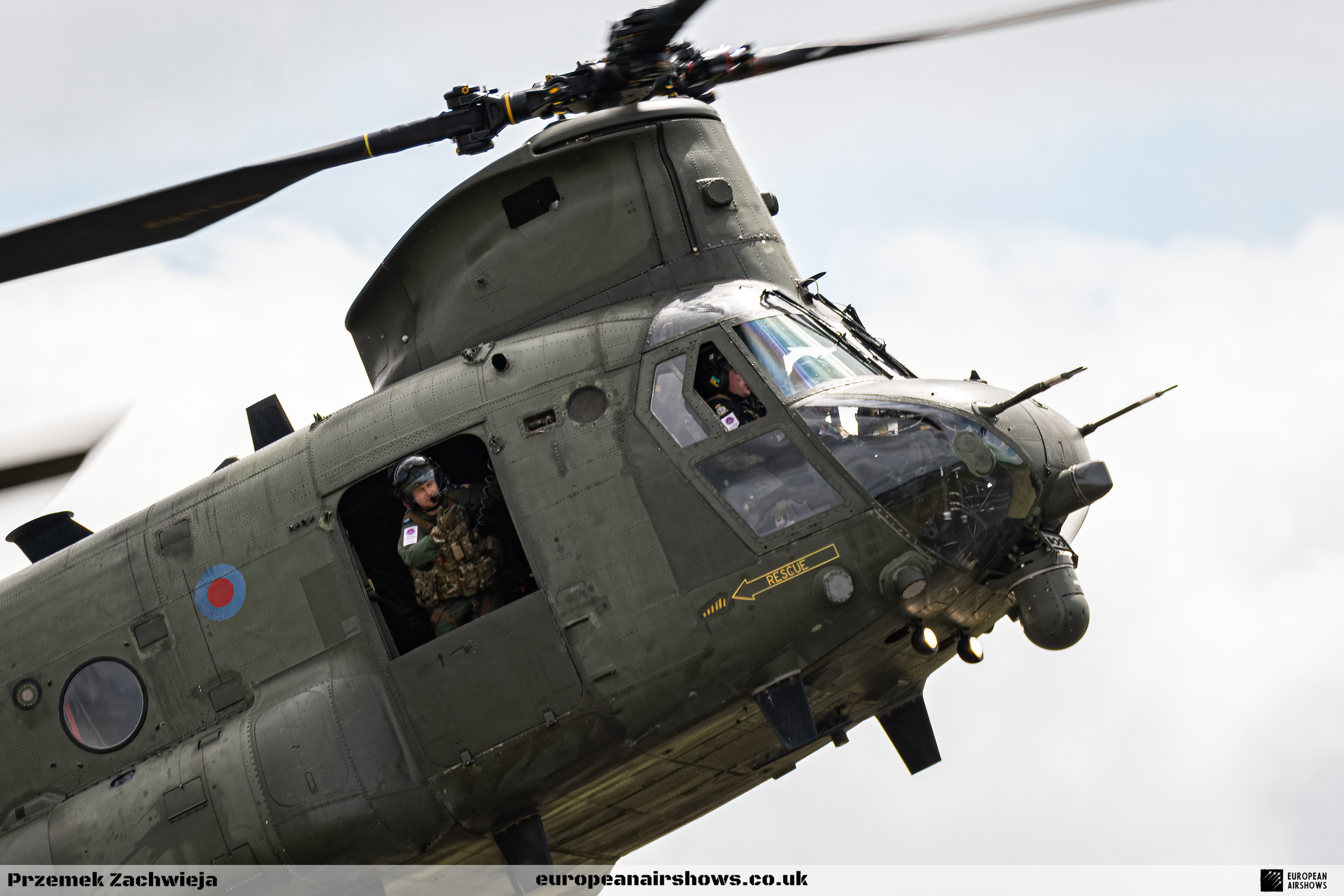
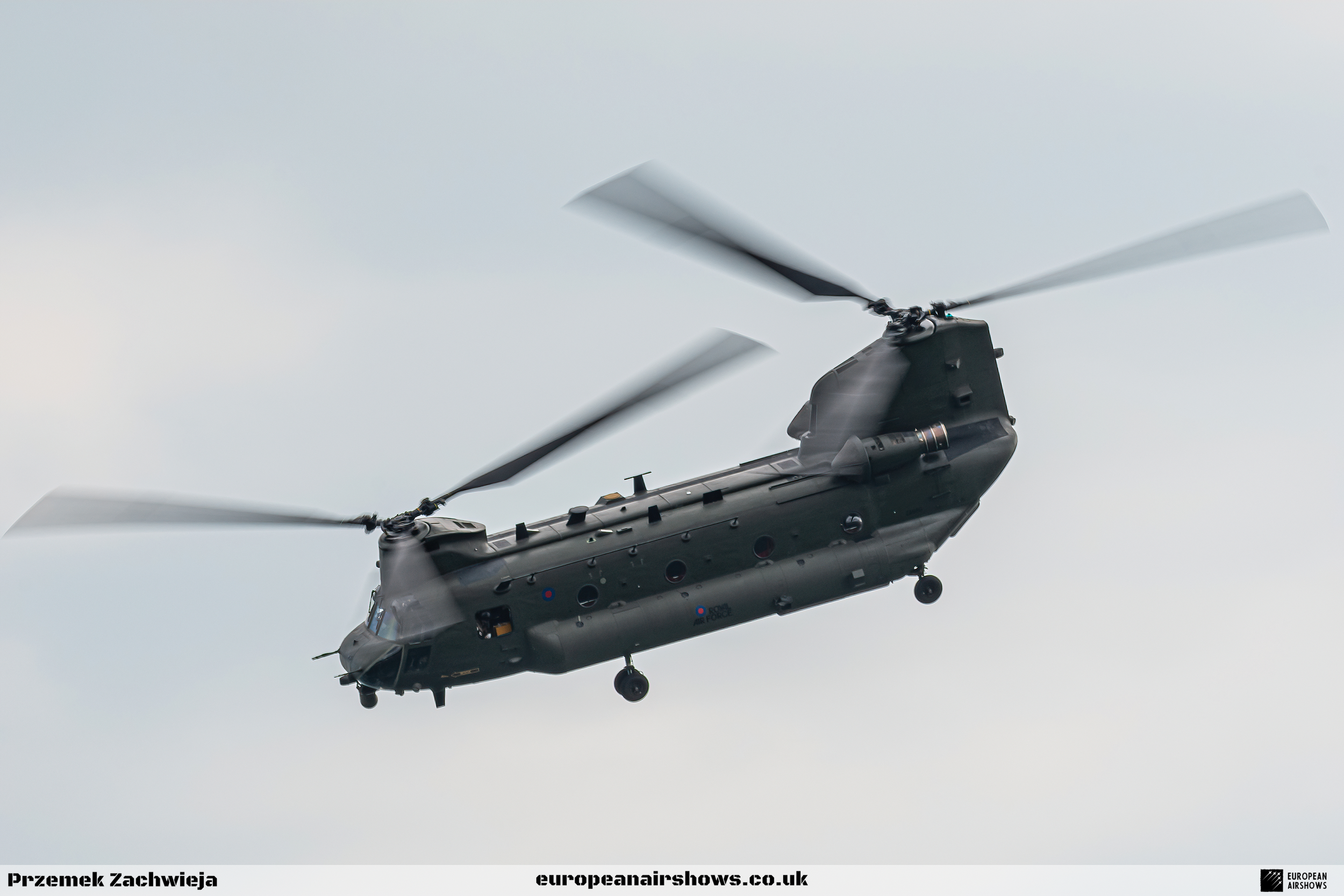
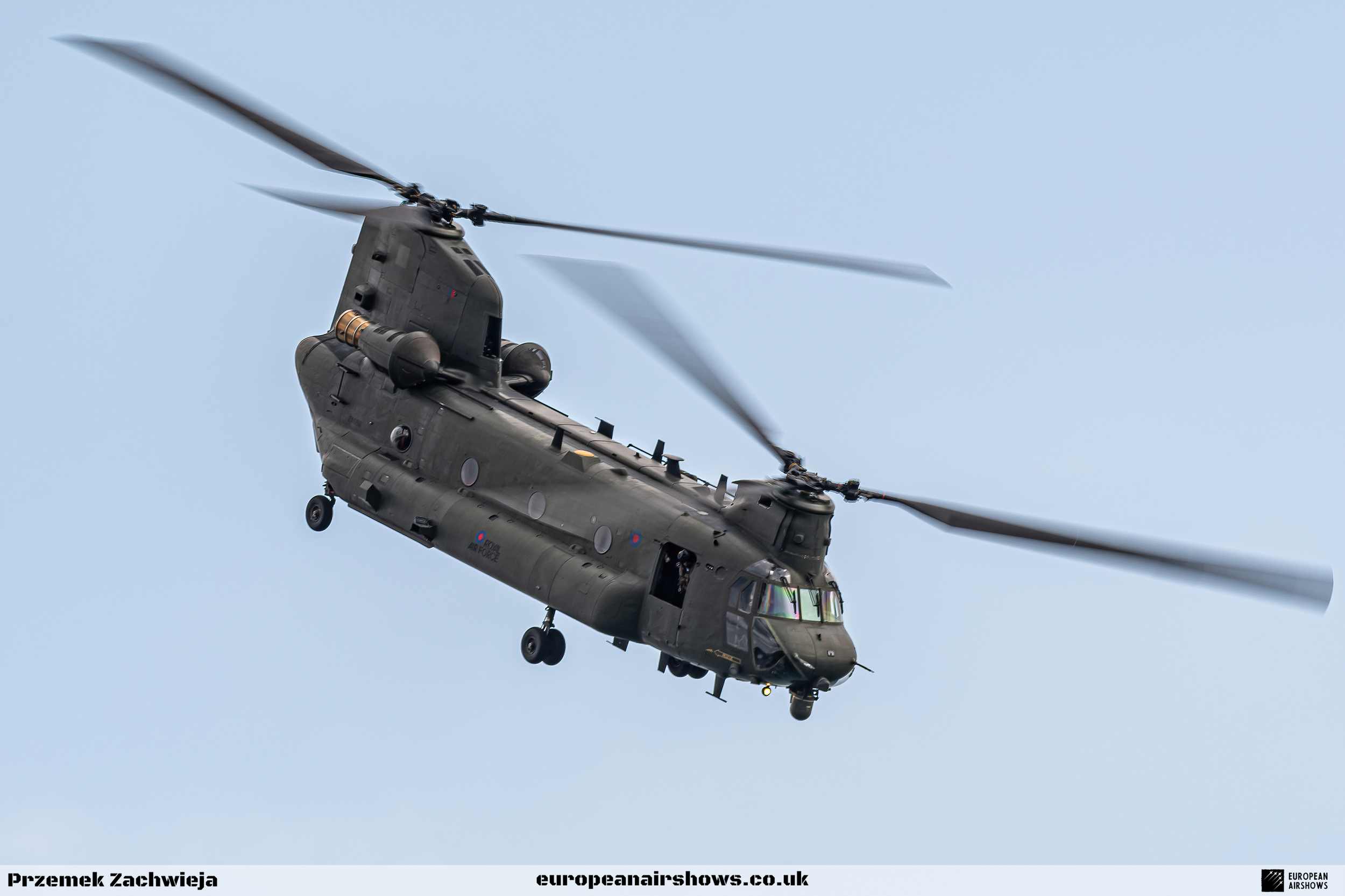
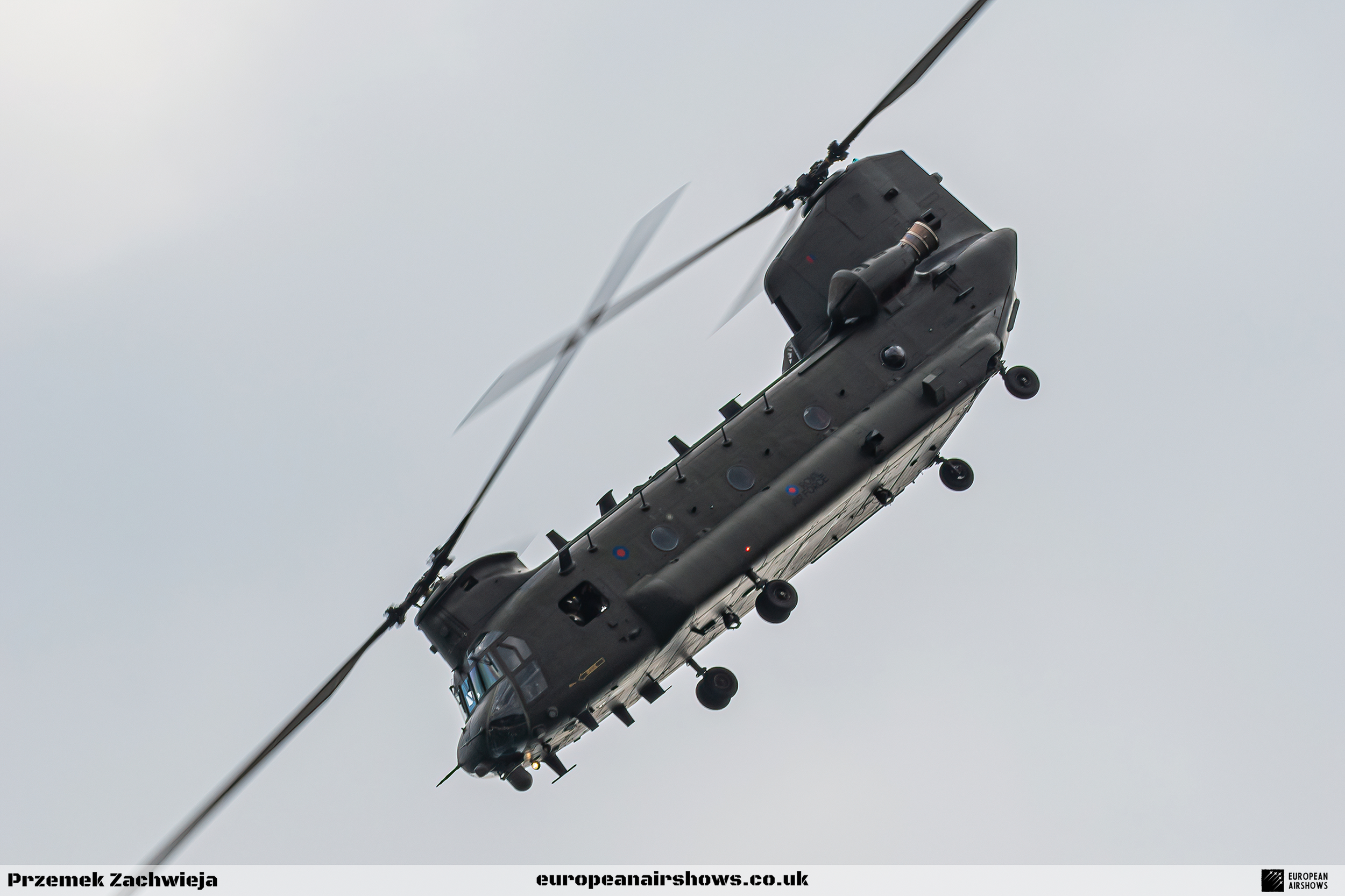
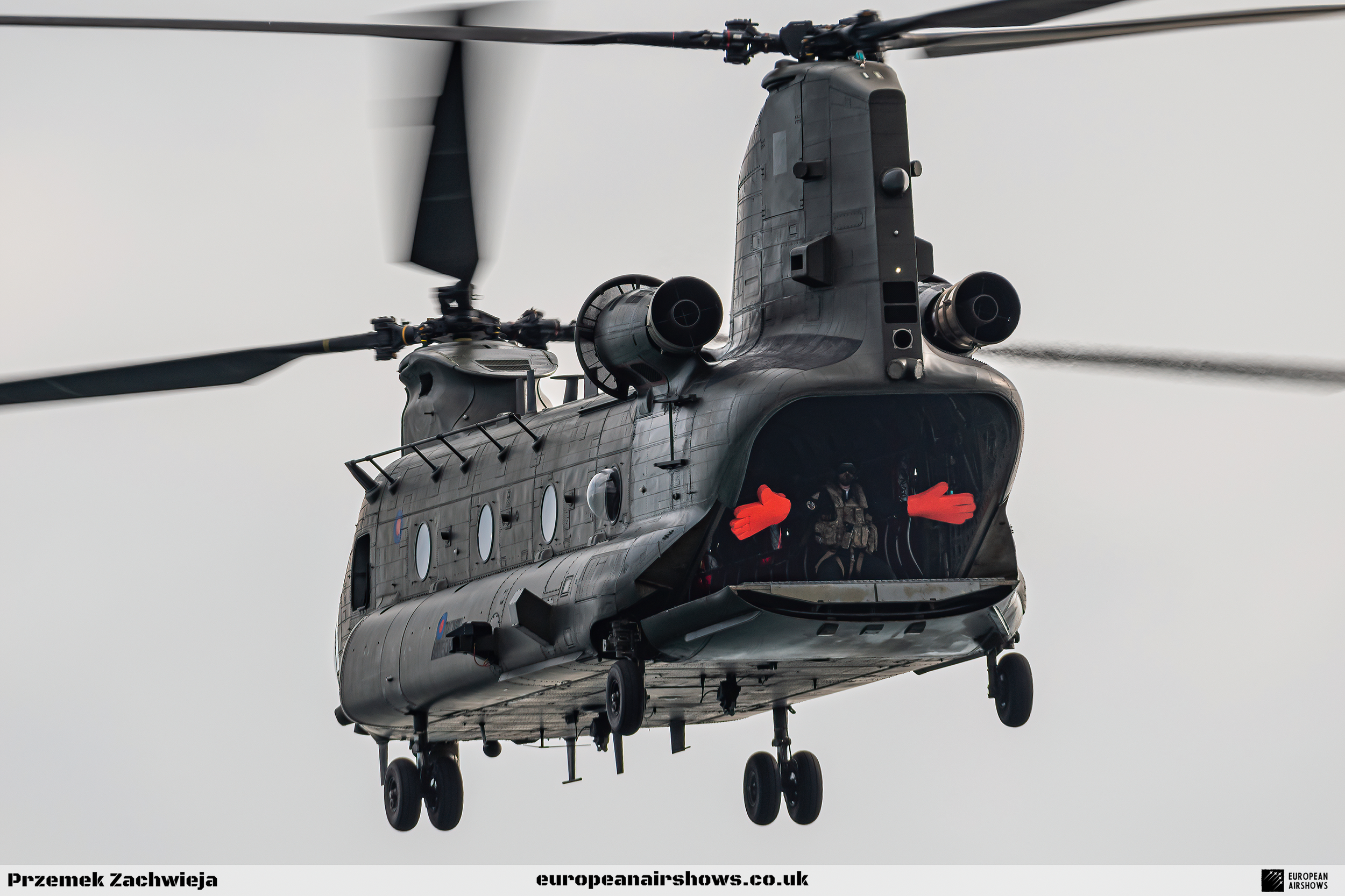
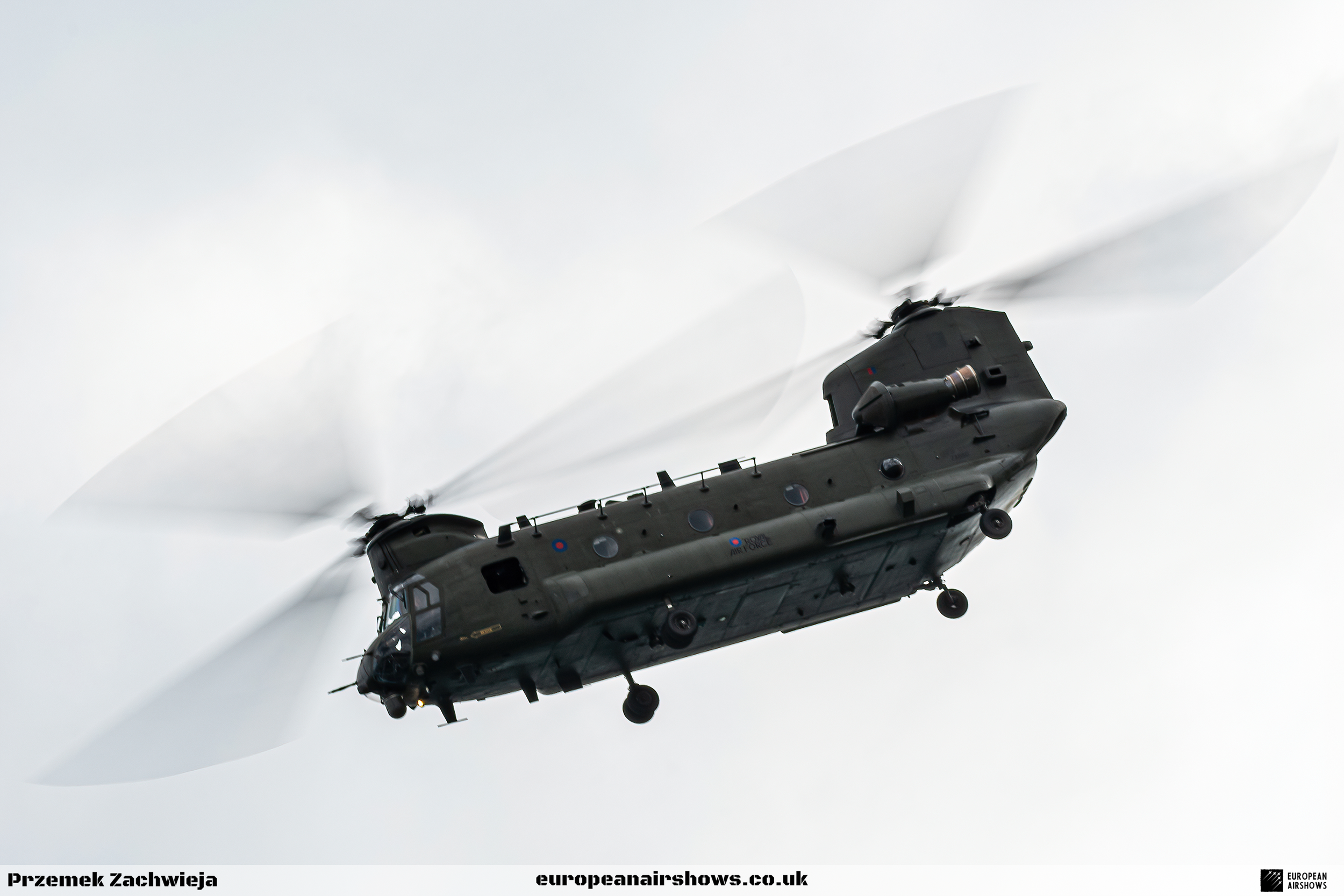
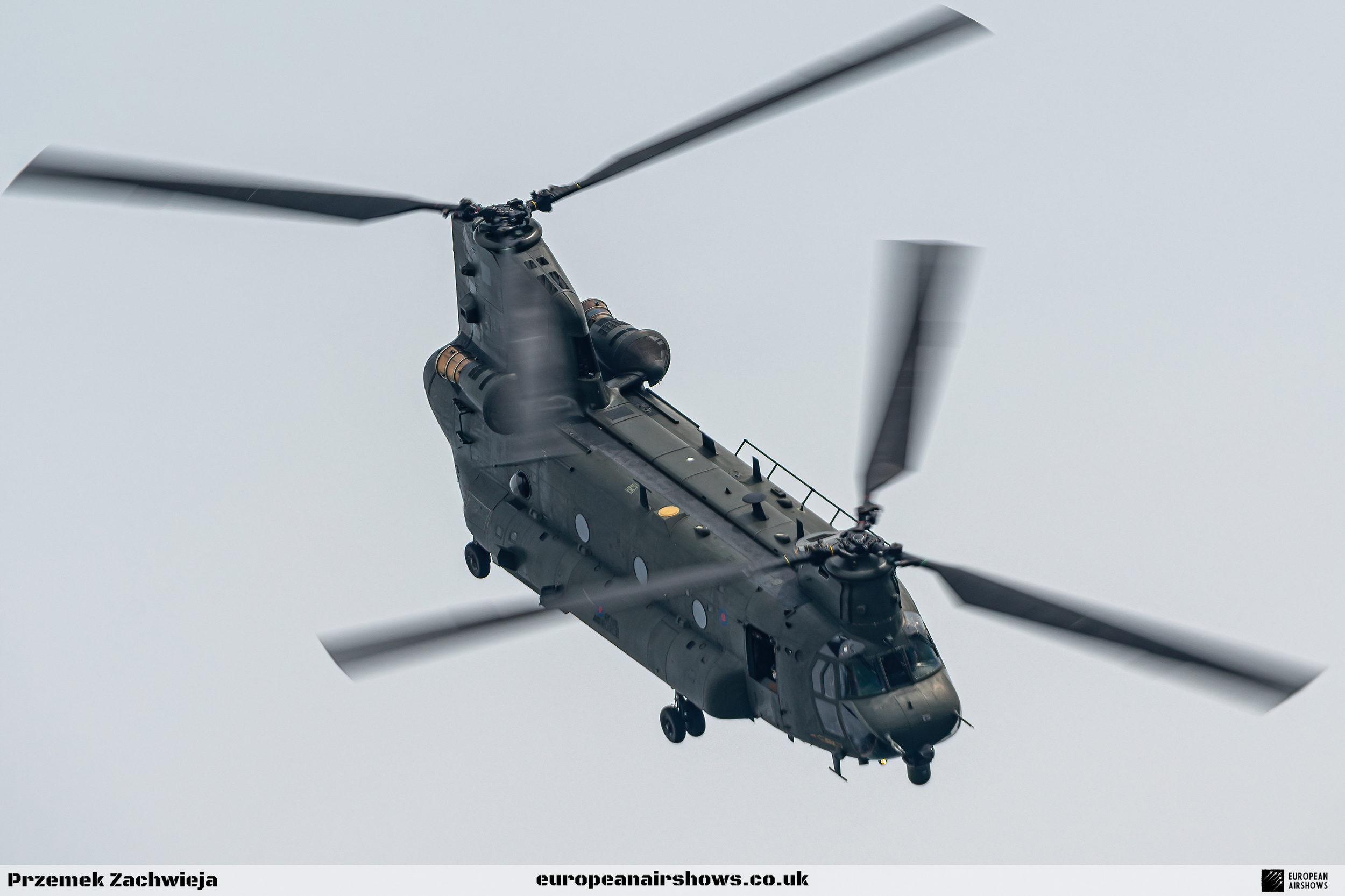
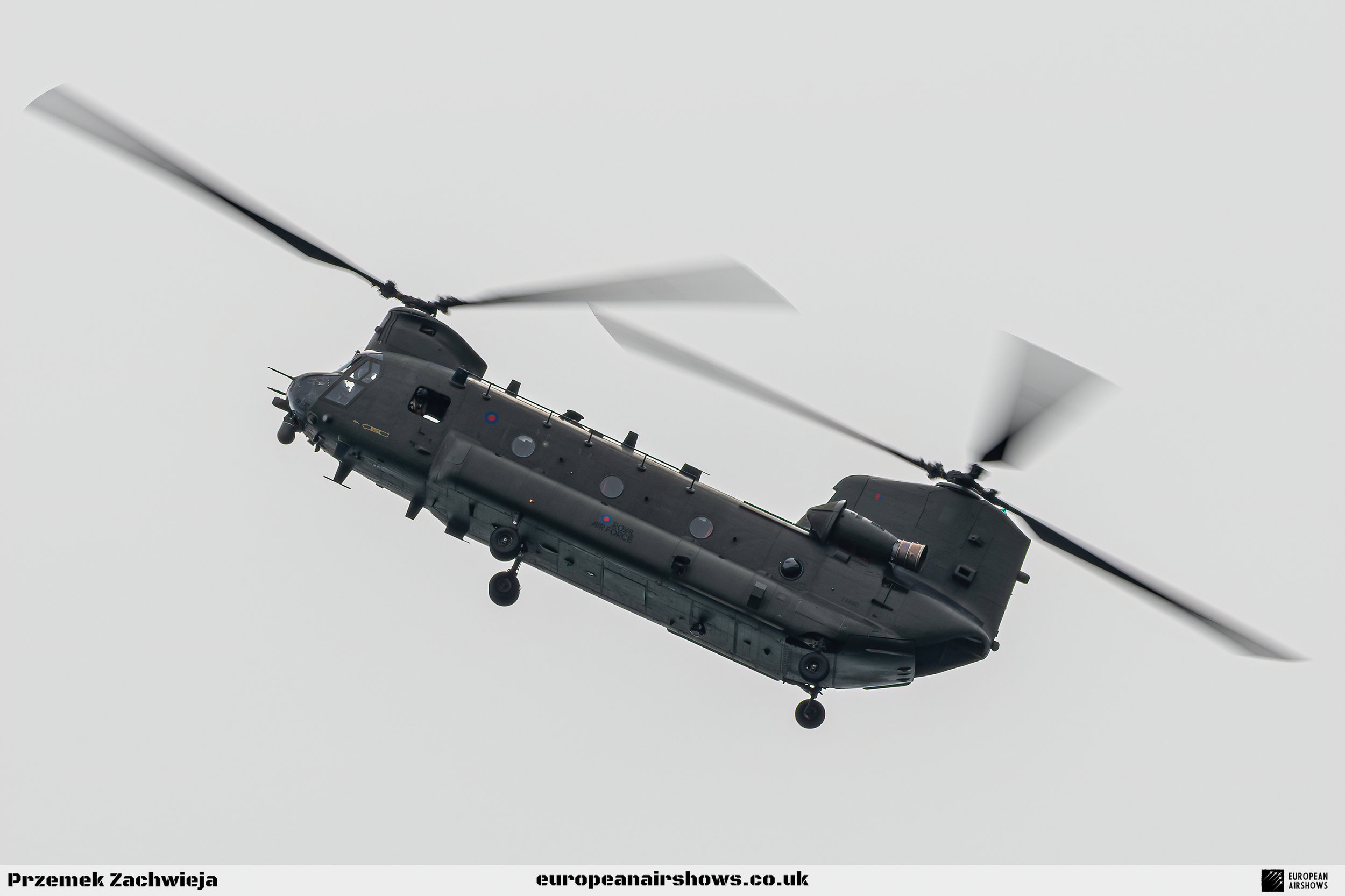
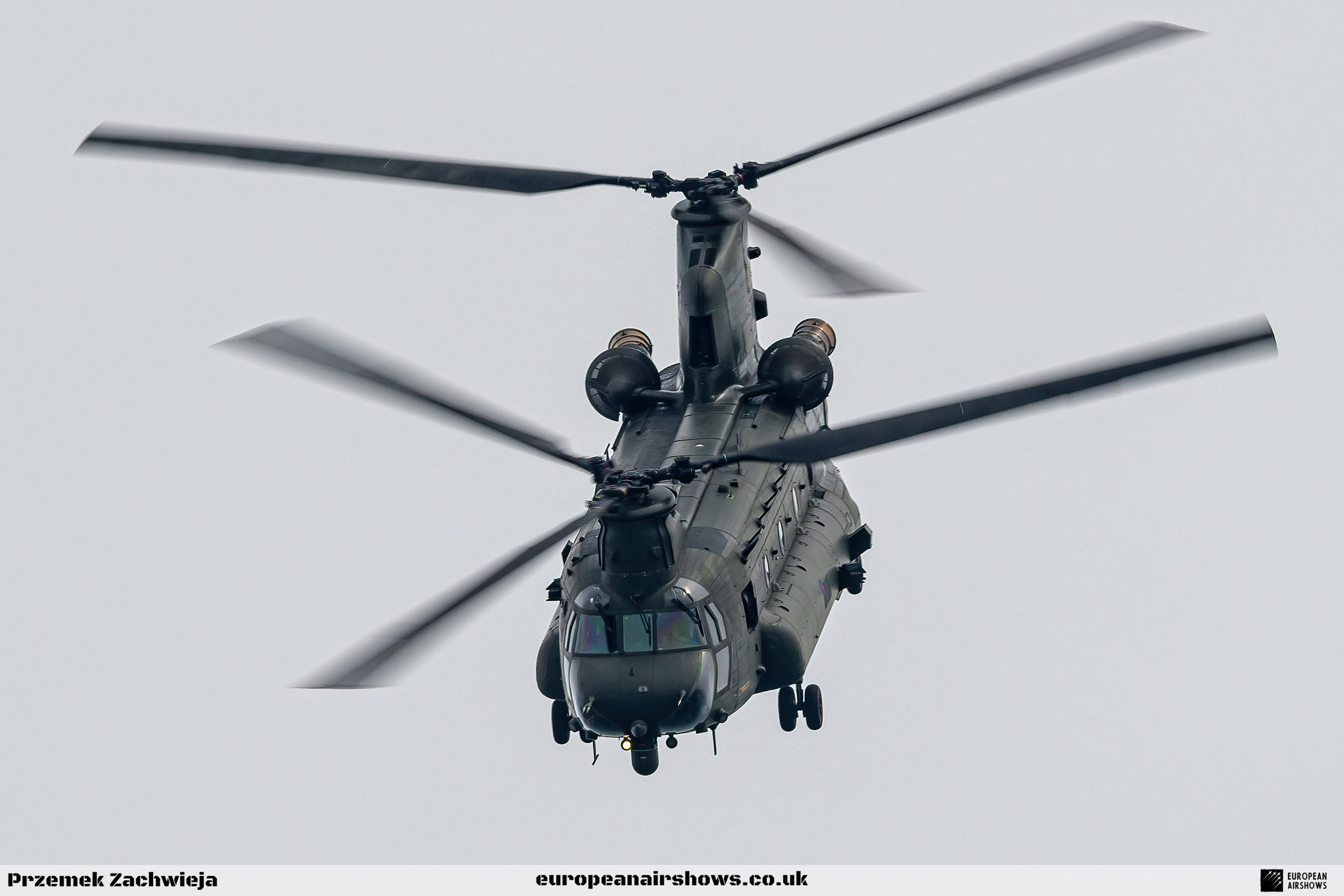
| Back to Top |




























